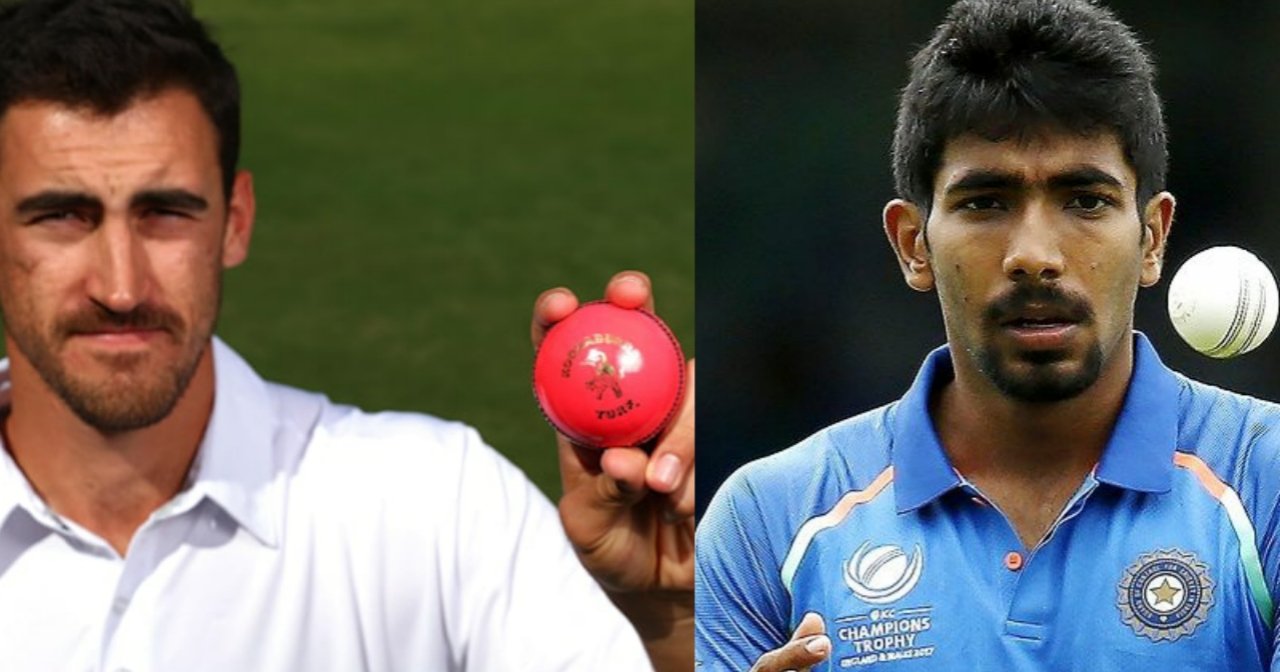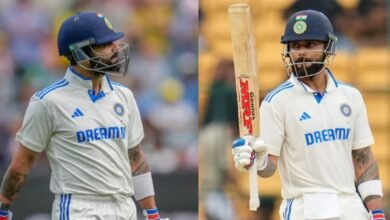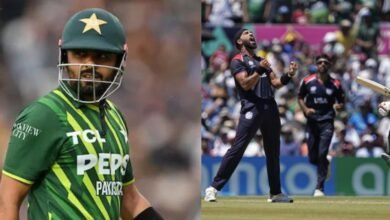
Cricket is a stoush of the willow and leather and stories of heroes rising from the dust have been based on this compelling bout. At times the willow has come up trumps while on other occasions, the leather has outshone its counterpart.
We talk a lot about the cricketers who make magic happen on the pitch. They are like those warriors who string together stories from the myths and sprinkle stardust in our eyes. However, the wands, swords and grenades used in these stories by our God-Esque warriors don’t exactly look menacing to be candid. They come in the shape of willow, leather and timber. They are hardly talked about unless we are ourselves are going to own one.
In this story, however, we will talk about the cherries, cherries made from leather, cork and string, and yet the sound they make is sweeter than Beethoven playing his fifth symphony.
Before we talk about the specifics of a cricket ball, we will hitch a quick ride into the past that tells us the introduction of the modern cricket balls, whose latest incarnation has, of course, arrived after several experimentations; a crucible is how they define it.
The first leather ball that was introduced in world cricket was in 1856. Its core comprised a hard cork which made the ball hefty. However, cricket had a proper taste of the leather ball exactly on 15th March 1877.
Cork constitutes the ball’s core while the string is then strapped several times over the core for reinforcement. Leather is then used to clad both the string and the cork. The leather is then dyed red or white, depending on the format of the sport to be played. The leather case may come in two or four pieces but the fact that matters the most is that the ball must be joining at the equator using several strings.
The oldest cricket balls were manufactured by British Cricket Balls Limited and they were known as Dukes.
We will now delve in the details of the different types of balls which have been used in cricket until now.
1. Red Leather Balls
We are all aware of the fact that red leather balls are used in the longest format of the game given its nature, specifications and property to endure the duration of the play. They have different manufacturers with three companies bagging the rights to rule the world, the first and foremost being Kookaburra.
Kookaburra was established in the year 1890 and they have supplying the cricket world with balls for the last 130 years. They are deemed as the best producer of cricket balls across the face of the globe. The balls produced by the company were first used in the 1946-47 Ashes series by Australia.
This leading company takes pride in the fact that it manufactures the balls blending traditional cricketing methods and the modern technological precision in perfect proportion. The best gentry of Kookaburra balls are produced in one of the leading factories in Melbourne, Australia.
The Red Kookaburra ball weighs 156 grams laced with 4-piece construction. These cherries are mainly made with the help of the machines. The seam offered by these balls are far less but the movement that these babies can offer last up to almost 30 overs. However, spinners can kvetch about the fact as much as they like but these balls aren’t really their type and as it starts getting older, the batsmen love to make merry with them.
The countries that use this ball for tests are Australia, Pakistan, New Zealand, Sri Lanka and South Africa.
The second company that can brag about begetting such high-quality red-leather balls are Duke. They emanated in Tonbridge in the year 1860. They usually have a darker complexion than the Kookaburra and are now manufactured all over the United Kingdom.
Given the fact that they are handmade, they stay new for a longer period and the usual quality of the balls are top-notch. These balls are extremely friendly to the seamers as the seam stays new for 50 to 56 overs. It also offers a tinge of additional bounce. In English conditions, these balls can spell catastrophe for the batsmen. Mainly England and West Indies use the Duke balls.
The third company that is predominant in the sub-continent is Sanspareils Greenlands (SG) Balls. This company was established by siblings Kedarnath and Dwarkanath Anand in Sialkot (which is now in Pakistan) in 1931.
Initially, SG used to be a manufacturer of sports items. However, post-independence, they moved to Meerut. In 1991, BCCI vouchsafed the use of SG balls for test cricket and since then they are the balls which are being used to play Test cricket in India.
These balls have a wider seam which is closer together as ticker thread is used for the construction of the balls. The balls from SG are handmade even on today’s date and provide it with an upright seam that remains good even after one entire day of play.
However, these balls lose their shine a lot quicker than their counterparts owing to the dry and humid conditions in India. However, once the shine is off, it helps the pacers to reverse-swing the ball up to a quota of 50 overs.
2. White Leather Balls
The White leather ball was introduced by Kerry Packer, the man who inspired the revolutionary World Series Cricket. It was in 1977 that the ball was first used. It was also the first time that the idea of playing in colourful jerseys was professed.
In 1992, the White ball was used for the first time in the World Cup in the match of two continental rivals, Australia and New Zealand. The white Kookaburra ball swings a lot in the first 20 overs, however, post that it tends to get softer, making life a bit difficult for the batsmen, considering the uneven bounce, mainly the ball staying lower than expected.
In terms of white-ball cricket, it is Kookaburra that has unparalleled dominance across the face of the planet.
3. Pink Leather balls
Once again, Kookaburra holds unrivalled sway in the terms of the Pink Leather balls. Owing to the demand of cricket being played under the lights and the insistence of Marylebone Cricket Club, International Cricket Council and Cricket Australia, pink leather balls were used for the first time in international cricket in 2015.
Earlier the pink balls were used in four or five-day cricket formats, however, international cricket, in a bid to revive the longest format of the game, resorted to this saviour who came bedecked in pink flamboyance.
There is nothing different that is used in the pink ball barring that additional layer of pink over the standard lacquer finishing that is universal in all Kookaburra cherries.




